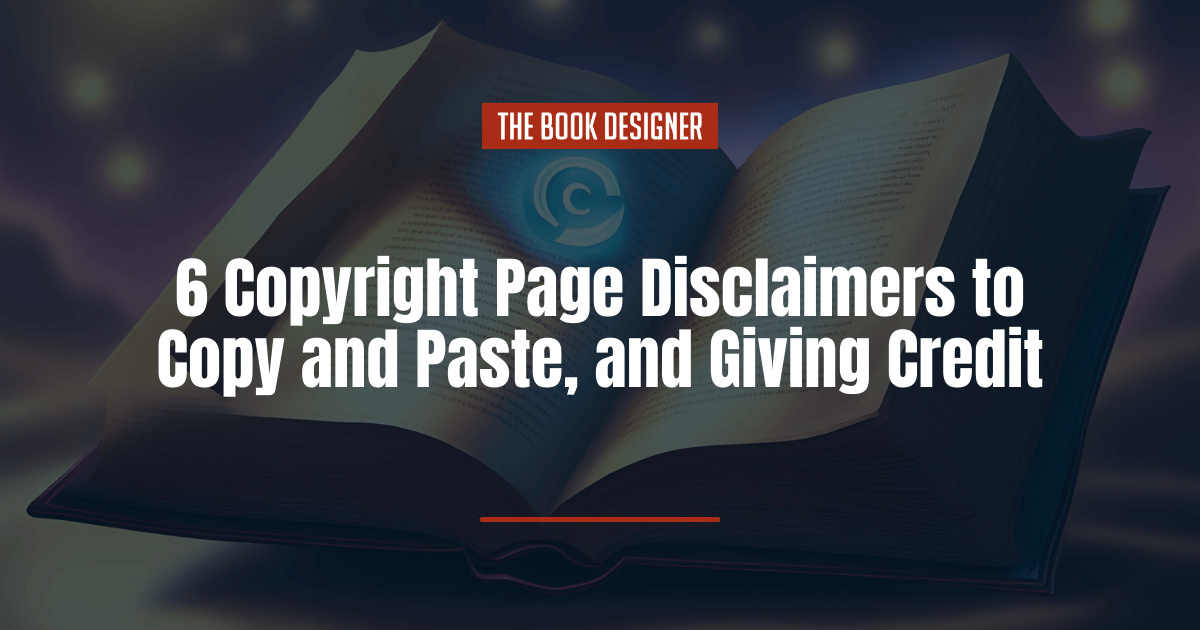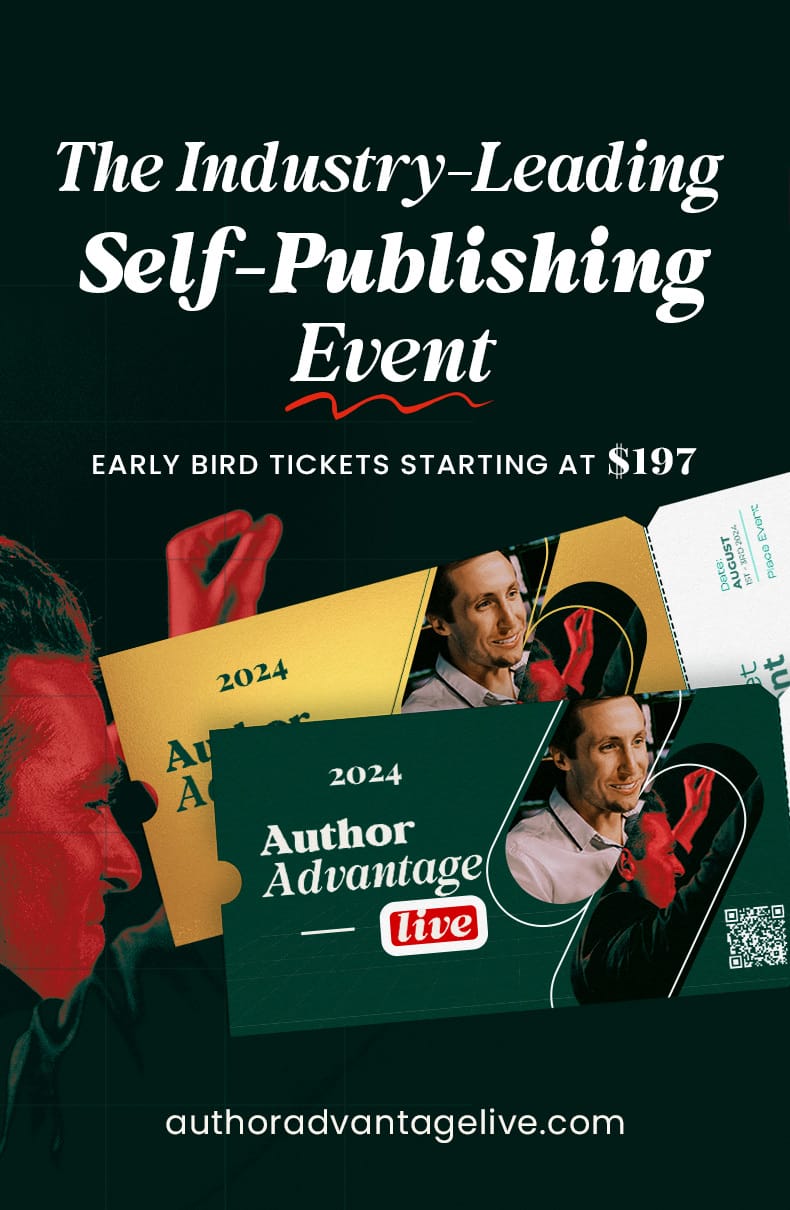Last time I gave examples of long and short copyright pages that you can use in your book. Today I have two types of information you might want to add to your copyright page: disclaimers and credits.
Let’s look at disclaimers first.
In this article on copyright page disclaimers, you’ll find:
Why You Might Need a Disclaimer
The copyright page is the place where publishers put book disclaimers. Disclaimers can mitigate some of the liability an author or publisher might encounter because of a book’s content. Whether you’re writing fiction or nonfiction, there are potential liability issues you might come across.
Say, for example, that someone thinks that a character in a novel you’ve published resembles them, and is presented in a negative light. While a disclaimer can’t prevent them from suing you, it can help if you have to go to court if you’ve stated in the book that any resemblance to living people is entirely coincidental.
Or let’s say you’ve published a book on how to lose weight, and someone claims that after following all of your tips they actually gained weight. If you’ve included a copyright page disclaimer in your book (particularly one that states that they should consult a medical professional prior to following your advice or that you’re not claiming that your advice will work for everyone), it will go a long way toward absolving you and your publisher of any liability.
Here’s my disclaimer: I am not a lawyer, and by presenting to you these sample disclaimers—all taken from published books—I am not suggesting you cut and paste them into your book. Only with the advice of a competent attorney can you decide which disclaimers your book may or may not need.
Examples of Disclaimers
Below are some disclaimers other publishers found useful, and the kinds of books they might logically be used in.
Here’s one that would be used in a memoir or recent history nonfiction book:
Some names and identifying details have been changed to protect the privacy of individuals.
Here’s one that would be appropriate for a novel or collection of short stories:
This is a work of fiction. Names, characters, businesses, places, events, locales, and incidents are either the products of the author’s imagination or used in a fictitious manner. Any resemblance to actual persons, living or dead, or actual events is purely coincidental.
This type of copyright page disclaimer would be fitting for a memoir or autobiography:
I have tried to recreate events, locales, and conversations from my memories of them. In order to maintain their anonymity in some instances I have changed the names of individuals and places, I may have changed some identifying characteristics and details such as physical properties, occupations, and places of residence.
The copyright page disclaimer here would be suitable for an advice or how-to book:
Although the author and publisher have made every effort to ensure that the information in this book was correct at press time, the author and publisher do not assume and hereby disclaim any liability to any party for any loss, damage, or disruption caused by errors or omissions, whether such errors or omissions result from negligence, accident, or any other cause.
If you’re writing a health or alternative healing book, this type of disclaimer is a good idea:
This book is not intended as a substitute for the medical advice of physicians. The reader should regularly consult a physician in matters relating to their health, particularly with respect to any symptoms that may require diagnosis or medical attention.
And if you’re writing about physical fitness, sports, or training, you may want to use a copyright page disclaimer that resembles the following:
The information in this book is meant to supplement, not replace, proper (name your sport) training. Like any sport involving speed, equipment, balance, and environmental factors, (this sport) poses some inherent risk. The authors and publisher advise readers to take full responsibility for their safety and know their limits. Before practicing the skills described in this book, be sure that your equipment is well maintained, and do not take risks beyond your level of experience, aptitude, training, and comfort level.
Giving Credit Where Credit Is Due
Another use of the copyright page is to give credit to the people who contributed to the making of the book. Most books today do not use a colophon, so if the publisher is going to credit the editor, designer, or others, this is the place to do it. Here is an example:
Cover Illustration Copyright © 2010 by Road Runner
Cover design by Augustus Smith, BookFondlers, Inc.Book design and production by John Do, www.dobookdesigns.com
Editing by EditGnome
Chapter opening illustrations © 2010 Joanne Sargeant
Author photograph by Eliza Emulsion
Poetry of Dev Nadev used by permission of the Dev Nadev Foundation.
This rounds up the elements of the copyright page that most self-publishers will need in their books. If you have specific questions about how to set up your copyright page, take a look at our sample copyright pages.




